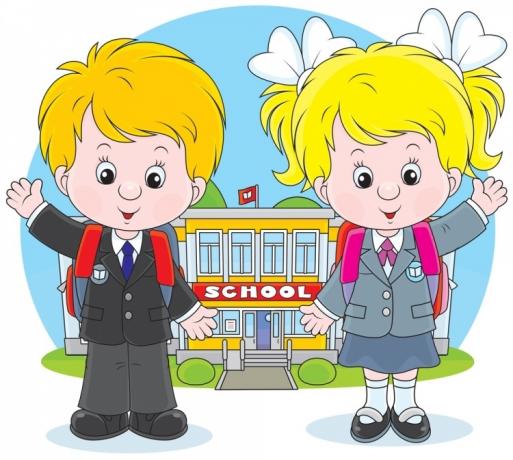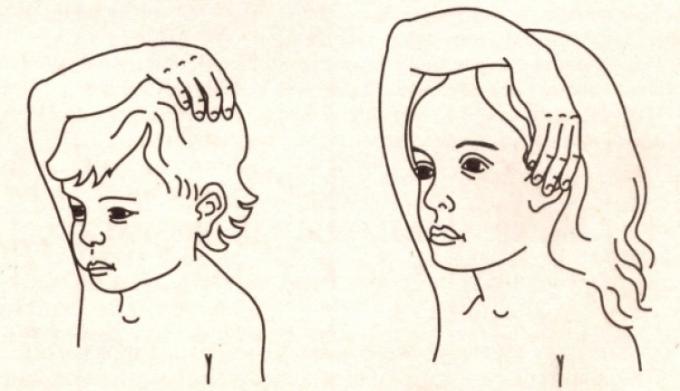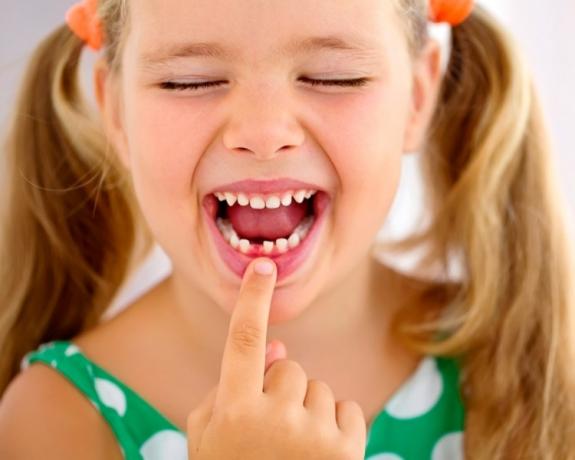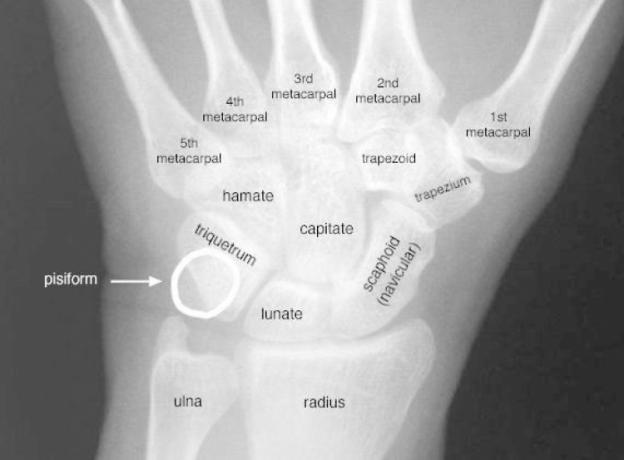When in doubt if your child is ready for first grade, take these simple tests. They will show you whether it is worth going to school this year or you can wait another year
Now children go to school a year earlier than their mothers and fathers did. And often, regardless of whether the child has attended school preparation courses, parents worry about whether their child is ready to go to first grade this year. And this is absolutely correct. Child psychologists are unanimous on this issue: everything is individual. Someone may well attend school without even celebrating their sixth birthday, while someone is better off waiting for 7 years. Unbearable load, which "supply" children in elementary school can harm both psycho-emotional and physical health of the baby.
To determine a child's readiness for school, it is not necessary to go to a consultation with a psychologist; this can be done independently with the help of simple tests.

Physiological readiness. In a child's body, physiological development is closely related to psychoemotional development. The future schoolchild must go through a "half-height growth spurt", when the limbs of children are significantly lengthened.
It's easy to check. Ask the baby, raising his right hand above his head, to reach the left ear, and vice versa - with the left to the right. If he can do it with ease, you can buy a school uniform.

Psychological readiness.Using a compass, draw a 1-inch circle on a piece of paper. Ask your baby to carefully trace the circle around the contour without lifting his hands. If the task seemed to him quite simple and had enough perseverance and patience to complete it without whims and tantrums, this is an indicator that it is time to go to first grade.
If the crumbs do not have the desire to complete the task, he is nervous or does not succeed, do not force him. Everything has its time. Better to postpone school attendance until next year.
Change of teeth.Our parents determined their readiness for school by this method. And, possibly, their parents. But it really works. This method comes from Asia. Parents of Japanese babies are sure that the child "opened his mind" if his milk teeth began to be replaced by molars. In ancient Japan, a person who lost at least one milk tooth was considered an adult so that he could answer before the law. And doctors say that the change of teeth indicates that the child's brain has reached a certain size, and the bones have become stronger.

The creative method. Child psychologists talk about the relationship between a child's visual activity and his psychological development. The older the child is, the more detailed his drawing is. For example, ask a 3-4-year-old baby to draw a person, most likely in the picture you will see "Cephalopod", and in a 5-6-year-old child, almost all parts are already present in the image of a person body.
Look at the drawings of your child, where he depicts people: if they have not only a head, torso and limbs, but and small details - hair, ears, fingers, eyes, nose, mouth, and most importantly clothes, which means that the baby is quite ready to become a first grader.
The method of the ancient Greeks.Not all bones in the human body are formed before birth. For example, a round bone on the wrist, called a pisiform bone, is formed in a person aged 6-15 years. It was by the presence of this bone that the ancient Greeks determined that a person was ready for learning. But don't worry if you haven't found this bone on your toddler's handle. This is not a reason to refuse to study. But on the other hand, its presence is a sure sign that it is time for the baby to go to the school desk.

And also be sure to find out how to help your child learn the multiplication table and keep your nerves at the same time.



